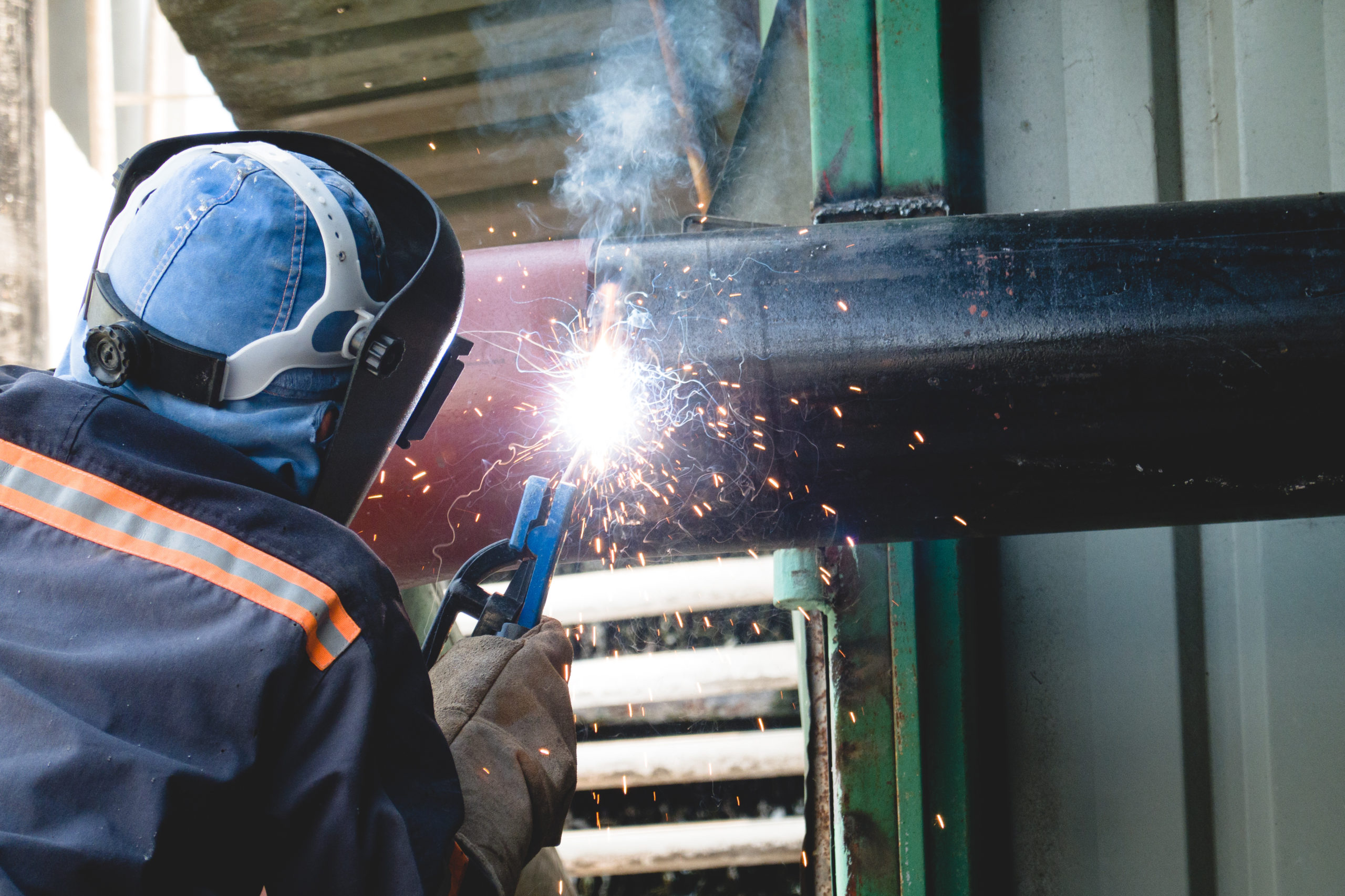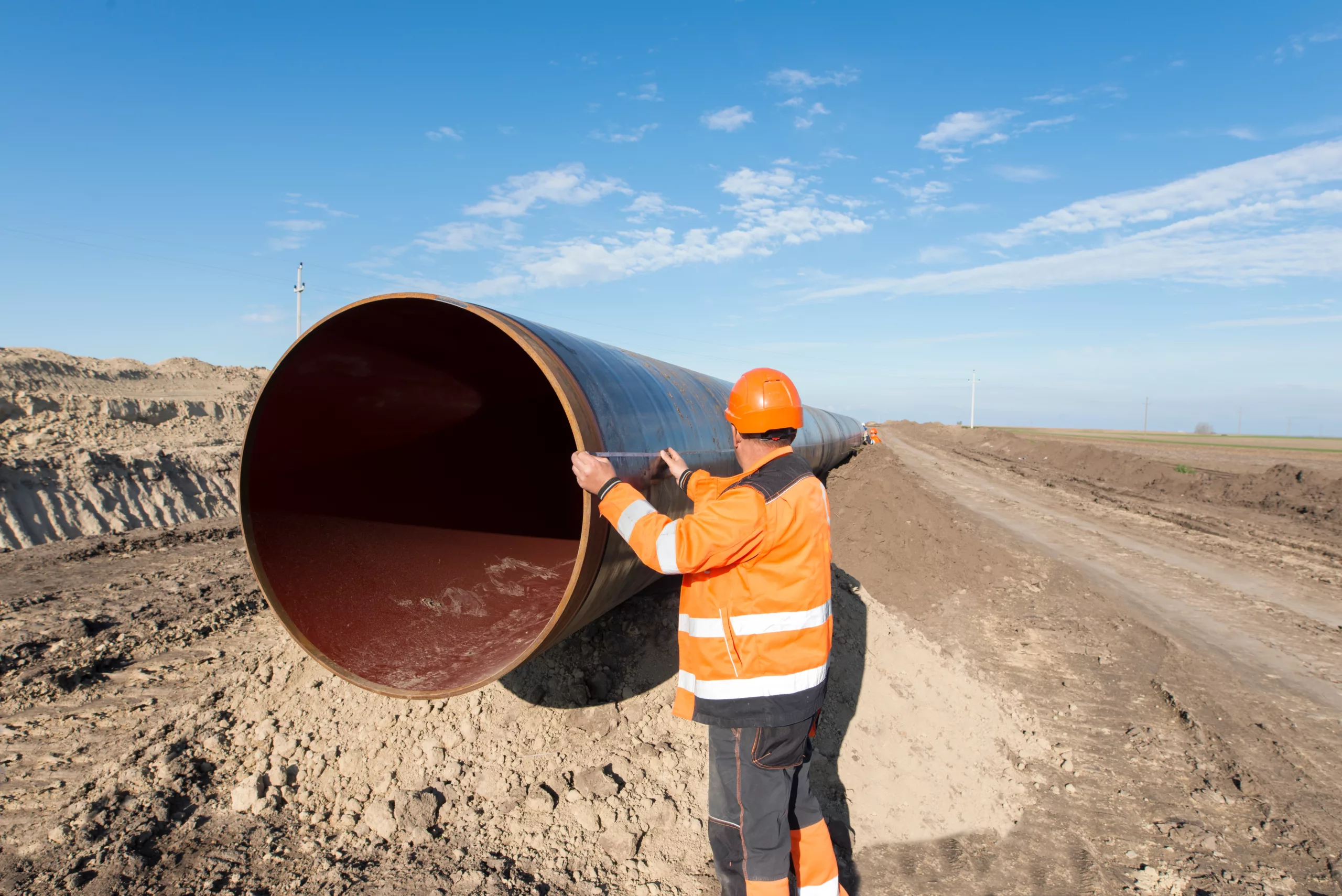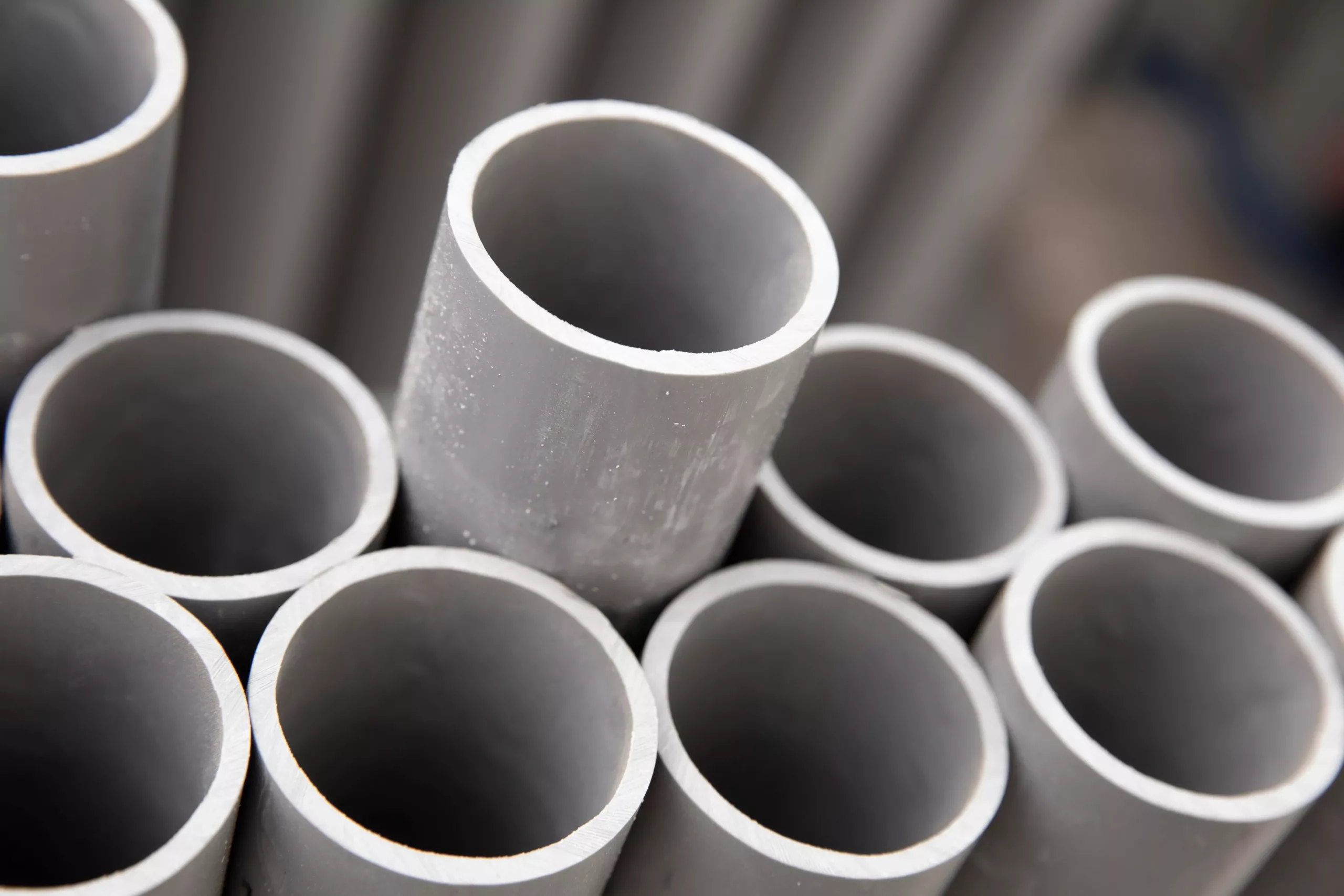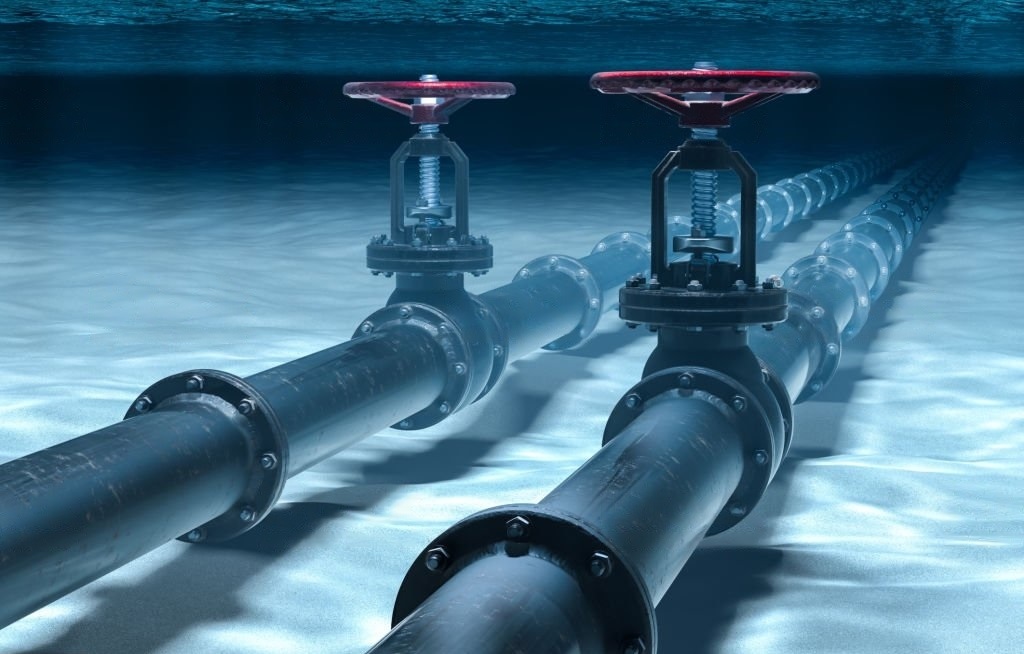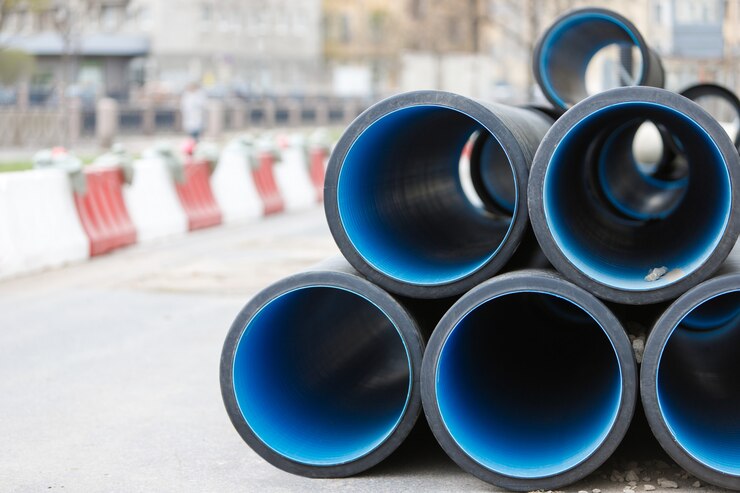An automatic girth welds machine completes the circumferential weld joints around the tank by straddling the tank plate. You should always choose what is the best solution for pipeline corrosion for your pipeline system. The plumbing system needs to be perfect, if there’s an issue, you can face a lot of problems such as pipeline corrosion. There are so many pipeline coatings such as Epoxy coating and Girth weld coating. At LinedPipeSystem, you can get all the possible solutions for the piping system. Because we are providing the best plumbing system services related to pipes.
Girth coating is usually utilized in a single or double-sided format. In a single-sided setup, only one operator is needed, and welding is only done on one side of the joint. Two operators are required in the double-sided setup, and welding takes place concurrently on both sides of the weld joint. When compared to manual completion, girth welders can boost output by up to ten times, with the added benefit of improved weld quality.
What Is Girth Welding?
It is critical to have a lot clearer understanding of this machine before we begin discussing the benefits of this working gadget. As a result, the circumference welding device is a device that relates to the entire arc welding operation. This is because this welding procedure entails fusing two pipes along their circumference. Circumferential welding is another name for it.
In a nutshell, a girth weld is a machine that connects the two ends of one or more pipes. Large-scale welding projects are the most prevalent application for this machine. It could be the building of a massive paper mill and a large storage tank. This machine is a wonderful addition to the welding industry since it delivers a plethora of benefits.
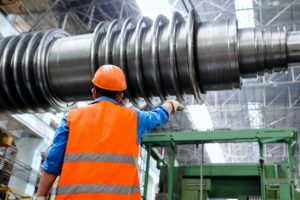
What Does Girth Weld Mean?
Girth welds are many types of arc welding procedures used to link two pipes throughout the perimeter of a pipeline during the building phase, depending on the simplicity of execution and environmental factors. They’re employed in the pipeline and underground systems to make circumferential welds. In the pipeline sector, they are employed for the following tasks:
- Mainline Welding
- A tie-in Welding
- Welding Repair
- Fabrication welding
More About Girth Welds
The operator makes numerous passes to complete girth welds to achieve a sealed and flawless weld joint. The operator must start by completing the most challenging part, which is the root pass. For consistent quality, the root pass requires a particular speed.
The root pass is followed by the hot pass, which thickens the joint generated by the root pass. The fill and cap pass completes the weld joint by covering it with a cap. Tie-in welding is also a significant aspect of girth welding.
Girth Welding Process
In addition to mainline welding, the girth welding procedure is required for maintenance welding. Girth welding is significantly more difficult than other welding procedures, not only because of the high level of expertise necessary to weld pipelines but also because of the adverse environmental variables that might obstruct welding. Girth welding can be done in a variety of ways.
Gas Metal Arc Welding
MIG welding utilizes in the automotive industry to repair automobile exhaust systems, as well as in the construction of homes and structures. It is one of the most common welding techniques. This is a type of arc welding that employs the use of an electrode, which is a continuous wire. You’ll also employ a shielding gas to prevent contamination as it passes through the welding gun.
Tie-In- A Component Part Of Girth Welding
Girth welding requires a lot of tie-ins. It refers to the pipeline’s link to other piping networks’ facilities. The connections between different parts of a pipeline can also be referred to as this word. It could also refer to alterations to existing piping systems. Inserting valves, spool parts, and tees, for example.
Automatically ARC Welding
Welding techniques include laser beam welding, flash-butt welding, and friction welding. The welding procedures and standards for girth welding determines by the following factors.
- The pipe’s base material strength
- Environmental factors
- The pipe-making process that was use
- Diameter and wall thickness of the pipe
- The pipeline’s length and cost
- Terrain
- Welding abilities
Application
- Insert Pipe Sleeves uses in a variety of industries and applications.
- Water pipelines, including fresh water, wastewater, seawater, and moreover, brine pipelines.
- Crude Oil Pipeline, High Corrosive Gas Pipeline, Sour Service Pipeline, Sweet Service Pipeline, and other oil and gas pipelines
- Refineries Pipelines
- Desalination Plants Pipeline
- Jet Fuels Pipeline
- Fuel Injection Pipeline
- Fire and Water Safety Pipeline
- Petrochemical Plant Pipeline
- Sea Pipeline
- Pipeline on land
- Spools and Connectors
Girth Welds Coating Features
- As standard, fully integrated with electric submerge arc welding systems (alternative welding systems are available upon request).
- Drive system with two motors for consistent and dependable weld travel.
- Accurate speed adjustment with inverter control.
- Weld head and flux belt assembly are fully adjustable.
- Accurate weld placement ensures by precision-machine slides.
- A laser pointer is helpful to guarantee that the weld head tracks correctly in the circumferential seam.
- Vacuum flux recovery system with a powerful, dependable, and efficient blower.
- Option to use a flux heater to keep flux away from moisture.
- “Auto mode” sequence control for a one-button startup.
- For reliable operation in high-temperature environments, integrated control with cooling usage.
- Lastly, design with the operator in mind.
Advantages of Girth Welds of Coating
There are numerous advantages to using an Insert Pipe Sleeve of Girth welds, a few of which are as follows:
- Onshore, offshore, plant, and municipal pipelines are all affected.
- Prevents Weld Spatter from damaging the I.D. coating during installation.
- All pipe sizes and grades in API 5L, ASME, and ASTM materials such as carbon steel and stainless steel are accommodated.
- Installs using standard welding techniques; no special welding skills requires.
- Moreover, it provides a 100 percent I.D. coated Pipeline by isolating the Girth Weld Area.
- It forms a part of the finished pipeline after installation, providing permanent corrosion protection in the same way as carrier pipe does.
- Less expensive than robot coating, and easier to assemble and install.
- Per API & ASME Specifications, creates a full penetration weld that is 100% X-Ray / UTI compatible.
- The attachment system serves as an internal line-up clamp.
Conclusions
SCRs are always built using single-side girth welds, mostly for cost and convenience. Most fatigue design guidelines have historically penalised single-side butt welds. However, there is mounting evidence that single-sided girth welds done under carefully controlled conditions can outperform their nominal design curves.

